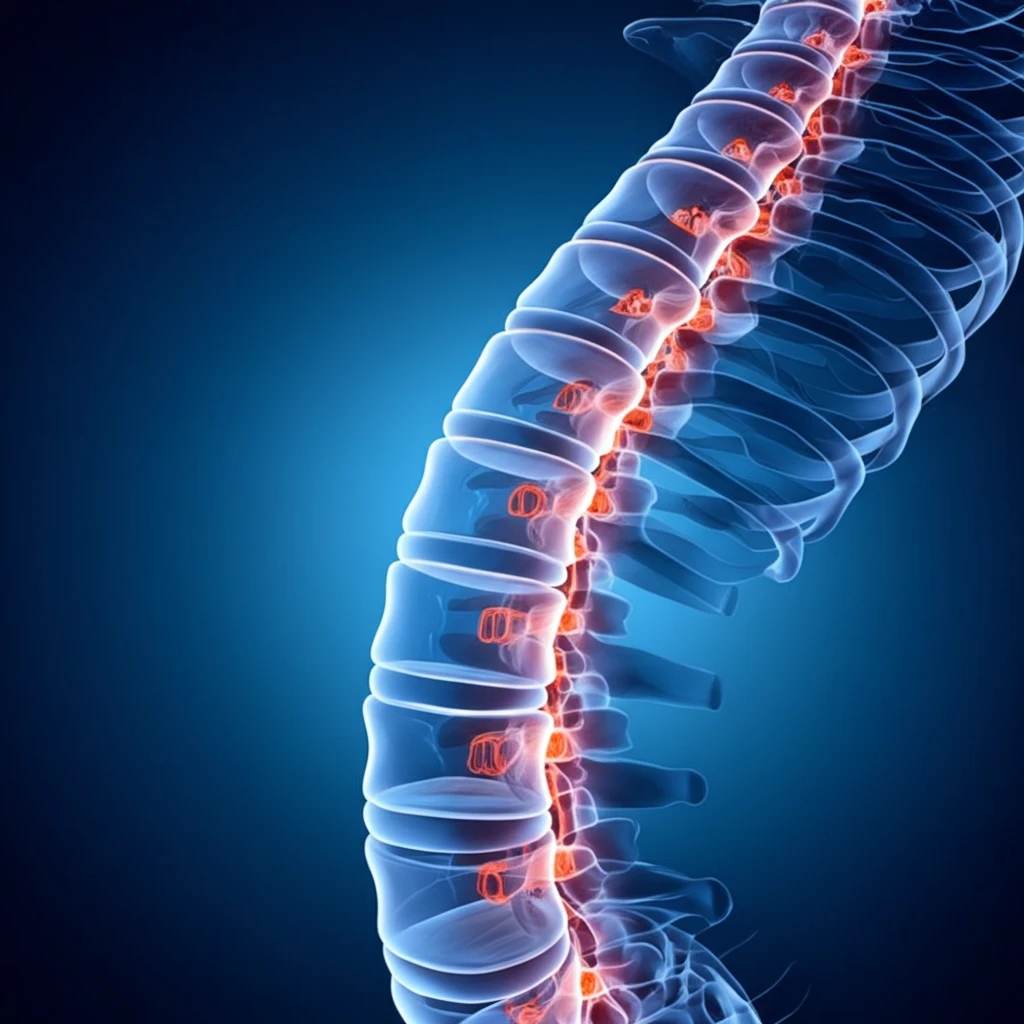
Neck Stability: How Atlantoaxial Fusion Can Help
"A Comprehensive Guide to Atlantoaxial Instability and the Role of Fusion Techniques in Restoring Neck Stability"
The upper cervical spine, comprising the atlas (C1) and axis (C2) vertebrae, is a marvel of engineering, designed for flexibility and support. Unlike the more uniform lower cervical vertebrae, C1 and C2 boast unique anatomical features that allow for a greater range of motion, particularly rotation. This specialized structure, however, comes at a cost: increased vulnerability to instability.
Atlantoaxial instability (AAI) occurs when the ligaments and bony structures that stabilize the C1-C2 joint are compromised. This compromise can lead to excessive movement, pain, and even neurological deficits. Understanding the causes, symptoms, and treatment options for AAI is crucial for those experiencing neck pain, stiffness, or neurological symptoms.
This article delves into the complexities of AAI, exploring the various fusion techniques used to restore stability and improve patient outcomes. It's inspired by a recent study examining the effectiveness of different fusion methods, including posterior wiring, transarticular screw fixation, and posterior screw-rod fixation.
Understanding Atlantoaxial Instability

Atlantoaxial instability arises from a variety of factors that compromise the structural integrity of the C1-C2 joint. These can be broadly categorized as traumatic, congenital, and acquired conditions. Traumatic injuries, such as fractures of the odontoid process (dens) or rupture of the transverse ligament, are common causes. Congenital conditions like Os odontoideum, where the odontoid process fails to fully develop, can also lead to AAI. Acquired conditions such as rheumatoid arthritis can erode the ligaments and bony structures, resulting in instability.
- A thorough neurological assessment helps identify any nerve involvement.
- Dynamic X-rays, which are taken while the patient flexes and extends their neck, can reveal abnormal movement at the C1-C2 joint.
- MRI scans provide detailed images of the ligaments, spinal cord, and surrounding tissues, helping to identify the cause and extent of the instability.
- CT scans are for bony structures that provides detailed images of fracture.
The Road to Recovery
Atlantoaxial fusion is a powerful tool for restoring stability and improving the quality of life for individuals with AAI. While the recovery process requires commitment and patience, the long-term benefits of a stable and pain-free neck are well worth the effort. By understanding the causes, symptoms, and treatment options for AAI, you can take control of your health and embark on the path to recovery.
